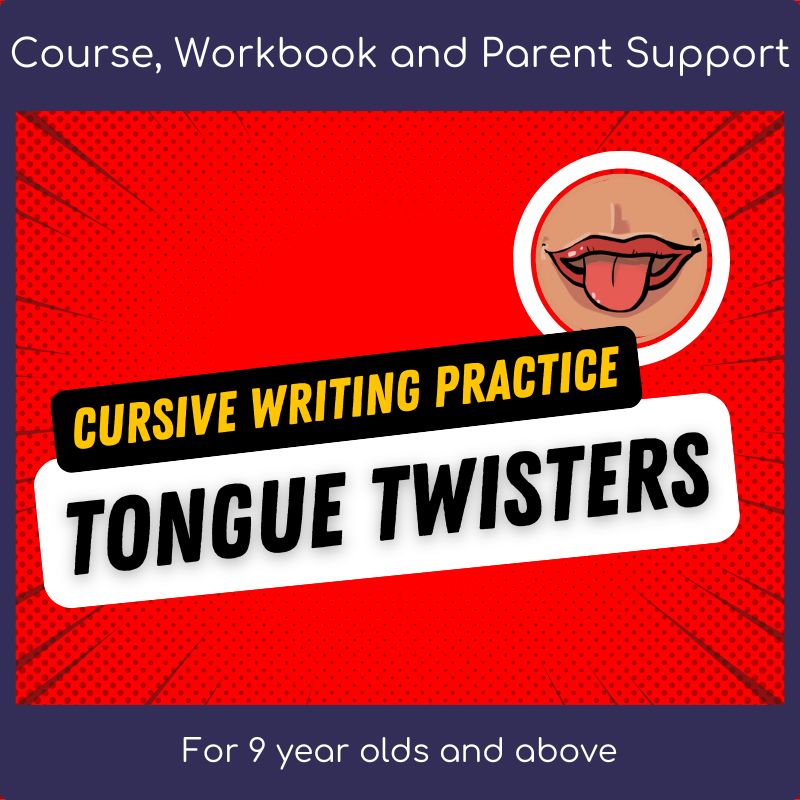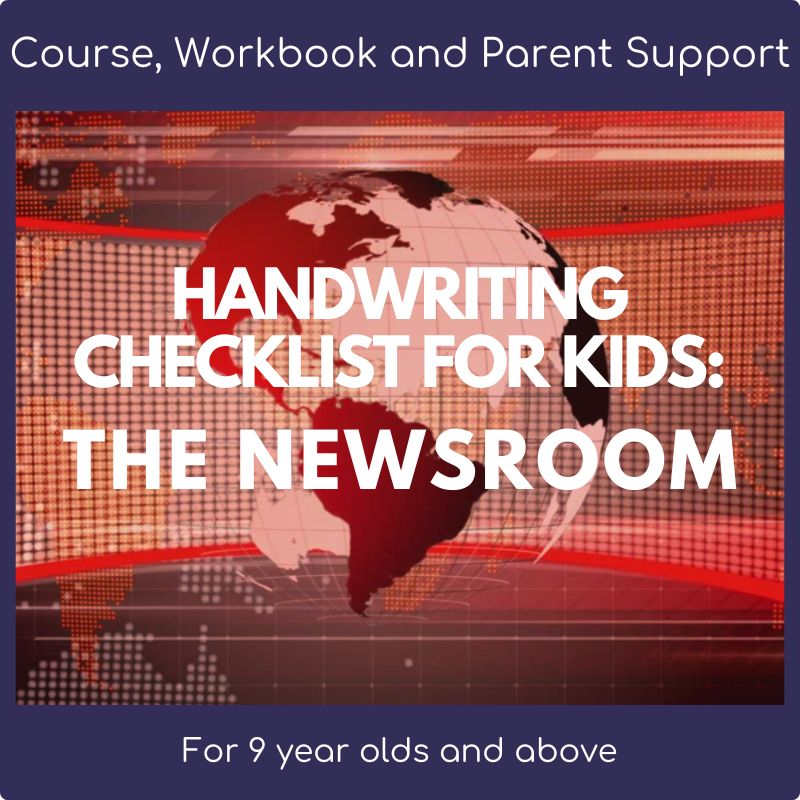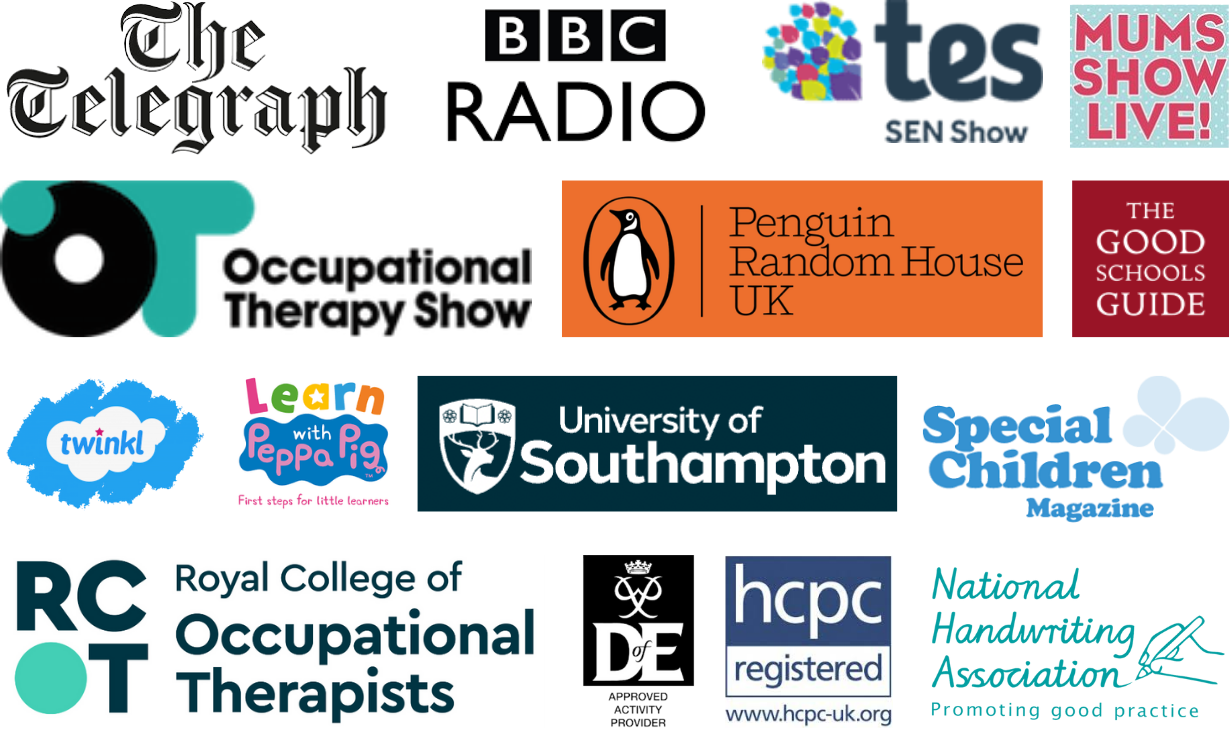Handwriting Practice 8 to 11 Years: Building Confidence Through Better Writing

Age 8
Able to write upper and lower case letters
Age 9
Writing is getting more legible


Age 10
Has clear handwriting
Age 11
Writing looks mature and mastered

What a teacher is expecting to see
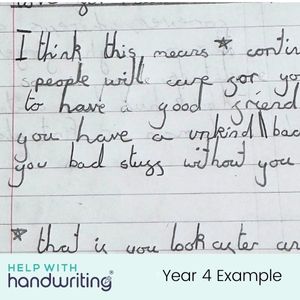
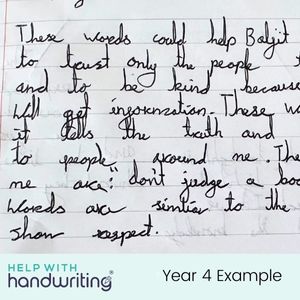


We have the following handwriting examples given to us by some lovely teachers. They show the standards they expect for handwriting practice 8 to 11 years. These are images from an “average” student and not the “best in class” student. They will be expecting increased legibility, consistency and quality. By Year 6, all this is expected whilst writing at speed.
What to expect at this age in more detail
By age eight, your child should be able to write legible lower and upper case letters. The letters should be evenly spaced and be the same size and shape. They’ll try to balance speed and legibility in their writing.
By the age of nine, a child’s writing is more legible. They will have fewer letter reversals. The formation and spacing should be consistent. Your child’s writing will have control. They’ll notice more details and care more about how their work looks.
By 10, a child should have clear handwriting. It should look the same for all writing tasks. The letters will be the same size, shape and be on the line. They will be able to write at some speed and maintain legibility. Their writing will be close to the margins and they’ll be using indentations. And they will be beginning to develop their own personal style.
By age 11, although still in junior school, your child will be writing more maturely. Their writing will have punctuation. It will have even size, space, and alignment. This will be true even when writing long pieces. They’ll be writing faster. They’ll also have the energy to finish longer writing tasks. Your child will still be developing a personal style. But, they’ll be paying greater attention to the look of their writing.
What support your child might get for handwriting at school?
Often, most schools give no more time to practice. Your child may be lucky. They may be getting thirty minutes a week of handwriting instruction. Thirty minutes a week will not fix anything.
Some schools in Year 4 provide 1 hour 30 minutes of instruction on touch typing. In Year 5, there is no support for handwriting or typing. In Year 6, emphasis is on spelling, punctuation and grammar, known as SPAG. Again, nothing for handwriting. By now, these skills are expected to have been mastered.
Why handwriting practice 8 to 11 years matters
For children, aged 8 to 11 years old, speed is often thought to be the primary problem. In truth, it is the size, spacing and appearance of the work as a whole that needs attention. Children at this age are very keen to get everything right. They are also keen to show their independence. A tricky combination.
From age 8, children are keen to be independent. But, this means they don’t always want advice from a parent. They may try to rub out a lot of their work and want to use frixion pens to rub out the ink. This can mean they take longer to write as they look for it to be perfect.
Children at age 10 often feel they are being asked to write faster in school. They may say they lack the time to fix their work because they need to write in a short amount of time.
All practice at this age is important. It must balance their interests with specific handwriting needs. At this age, a child can easily become disengaged. They may feel that handwriting is beyond them.
Expand Your Handwriting Know-how: 4 Must-Read Guides for Parents

Hi, I'm Sheilagh, the founder of
Help with Handwriting and I'm here to help your child.
At this age, your child is probably trying to strike out for their own independence. Anything you say is not having the same impact that it once did. Yet you know they need extra help with their handwriting.
Cracking this now will give them the stepping stones for an easier future.
This is where we come in. The demands of school life often leave some unable to show their true knowledge. Their writing is difficult to read. You and the teachers are worried. Your child needs more writing practice.
It should be fun and build their confidence. Let us help.
Writing made fun: Here are 3 Ways We can Help Boost Your Child's Skills
These are our courses or lessons.


Handwriting Practice 8 to 11 Years: Fun Exercises for Clearer Writing
Here are 3 ideas that you can try at home. These are things we do when helping children this age to help keep handwriting practice fun.
Challenge with Long Names
Ask your child to write very long names. For instance, Bangkok’s real name has 168 letters. The longest place name in Wales has 58 letters. Doing this will improve their ability to form letters.
Discover Weird but Fascinating Facts
Fuel your child’s curiosity. Use strange and intriguing facts. They can be on any subject. Children love facts from Guinness World Records, science, and the Earth.
Engage with Thought-Provoking Questions
Invite children to respond to debate-style questions. For example, consider asking: Does “Legend of Zelda” beat “Minecraft”? Or choose “Would you rather” questions. They are a lighter option.

Frequently asked questions about handwriting for 8 to 11 years
Messy handwriting can happen at any age. Various factors may cause this. They include underdeveloped fine motor control skills, a lack of practice, or rushing. Also, schoolwork increases now, leaving less time to write. Messy writing is not uncommon. It can be improved with focused writing exercises and practice.
It’s normal to have frequent issues with letter formation, spacing, or alignment. This does not always mean your child has dysgraphia. As occupational therapists, we are here to help and we’ll advise you. For most children, a handwriting issue affects their schoolwork and self-esteem. This is something that should be addressed ASAP.
Common issues are inconsistent letter size, poor spacing, and trouble staying on the line. There is also slow writing speed and improper pencil grip. Many children also struggle to join their letters at this age.
Many parents wonder about the best approach to handwriting practice 8 to 11 years. Quality matters more than quantity. Ideally, aim for 10-15 minutes of focused practice a day. But in reality, try for 2 to 3 practices a week. Avoid long writing sessions. They will lead to frustration. Consistency is key to improvement.
Digital skills are crucial. But good handwriting is still important. Balancing both is ideal. Many older students do not want to type in class. It is not always the easiest option. In math, science, and writing in a worksheet, it’s quicker to handwrite answers. It is also a life skill needed to communicate with loved ones and in the workplace.
The importance of targeted handwriting practice 8 to 11 years cannot be overstated. When looking for resources, you must match their interests with the area covered. For example, if someone needs to check their work, our The Newsroom is a good resource. If someone needs to improve their letter joins, then our Tongue Twisters would be good.
Effective strategies for handwriting practice 8 to 11 years and left handed writers need to consider 3 key areas. They are: letter formations, number formations, and paper alignment. 10% of the world’s population is left-handed. Different strategies in the classroom are needed. For example, a left-handed writer should sit at the end of a desk. Otherwise, their elbow will be against a right-handed writer.
Be the first to know: Weekly expert tips and insider insights


Join our Thursday newsletter for:
Expert handwriting tips
Behind-the-scenes insights
Latest handwriting research
New blog post alerts
Exclusive discounts on our courses
Please tick which age group is most relevant.
Thank you!
You have successfully signed up and a newsletter will be on its way to you shortly.
We promise we will respect your details and we will not spam you with rubbish content.
- Copyright
- 2025
- Help With Handwriting
- All Rights Reserved · Registered in England and Wales (Company Number 13759964) | Site Design by
- Laine Sutherland Designs


